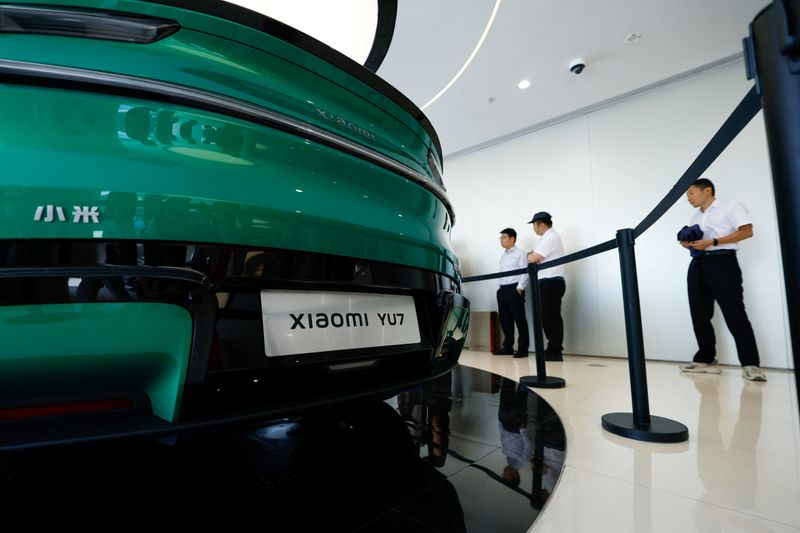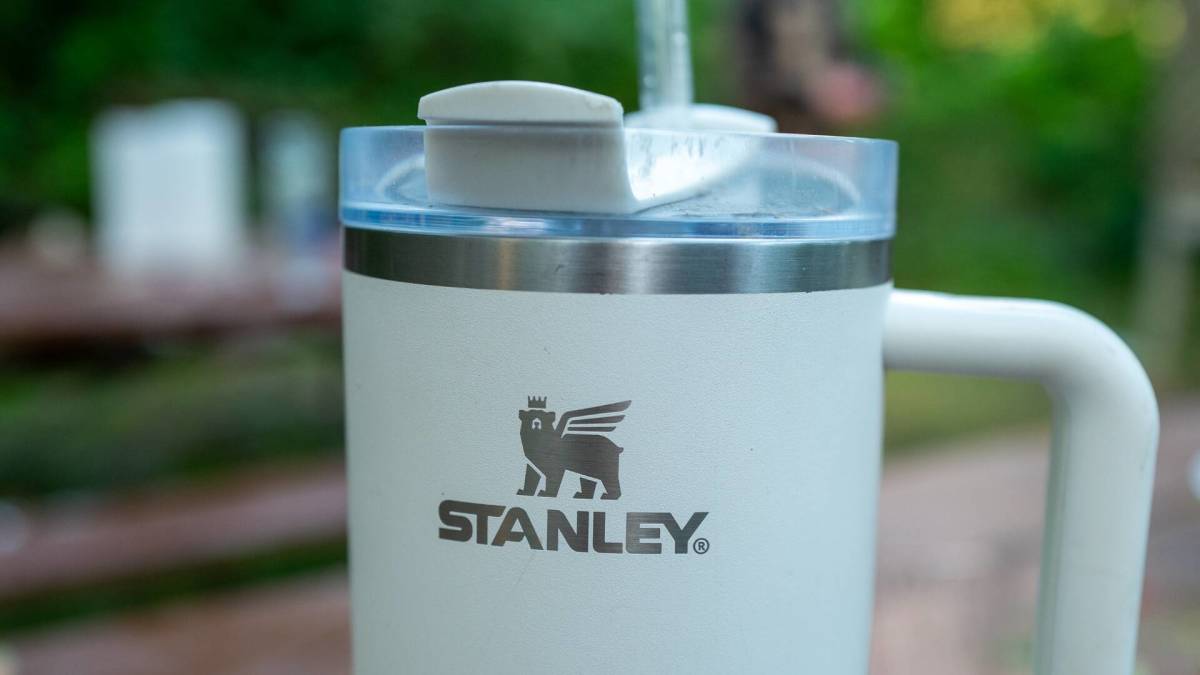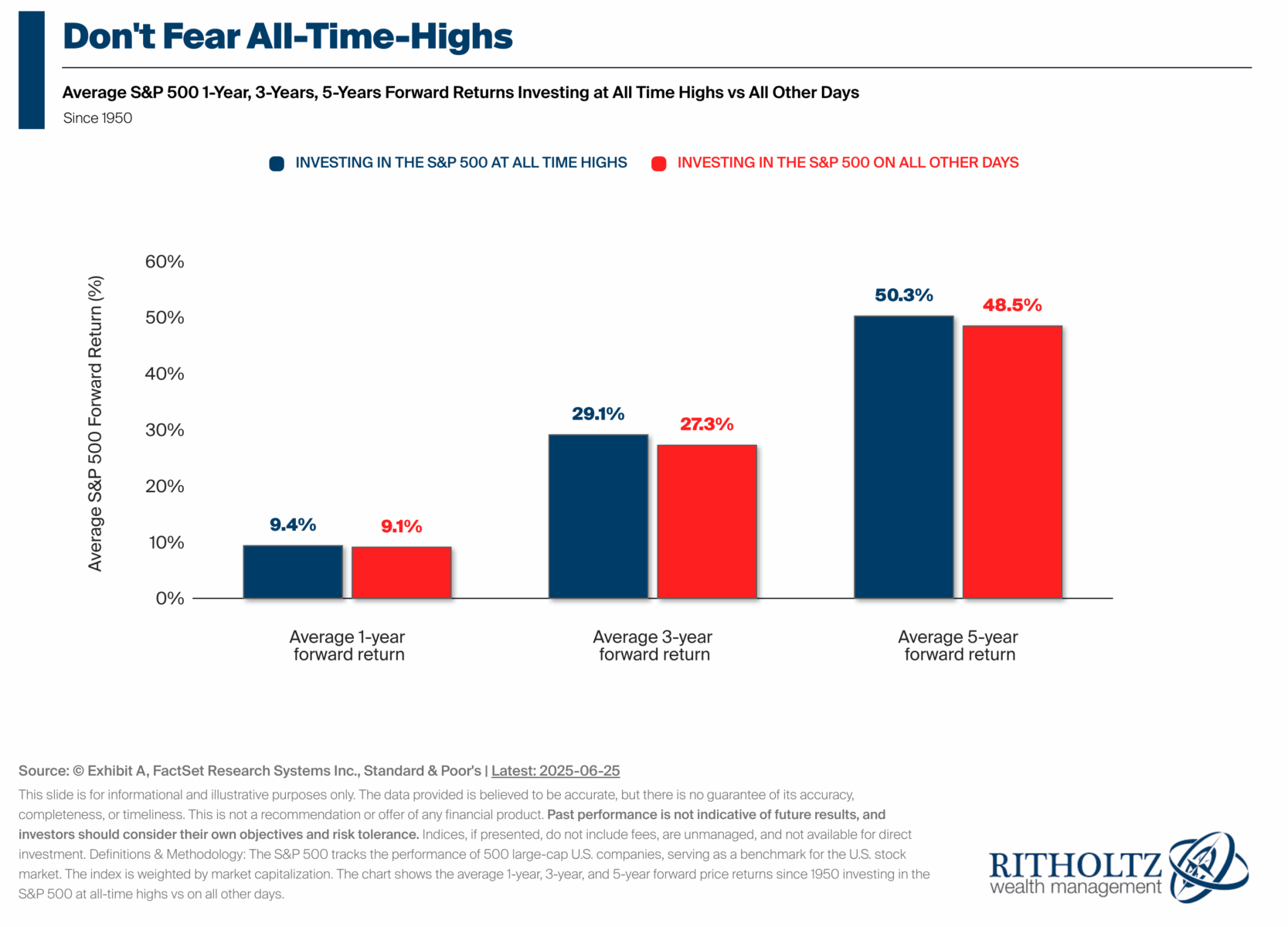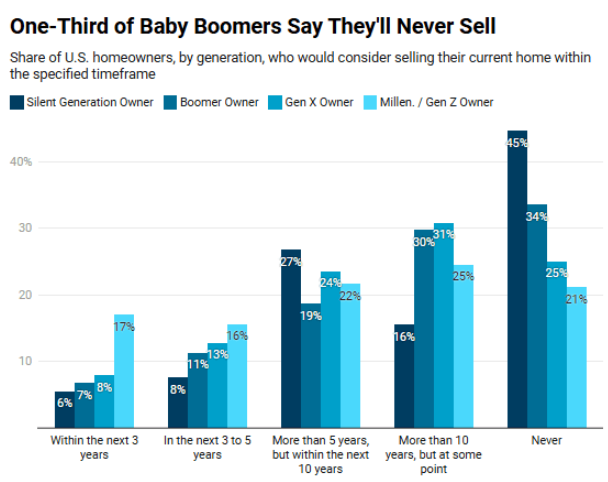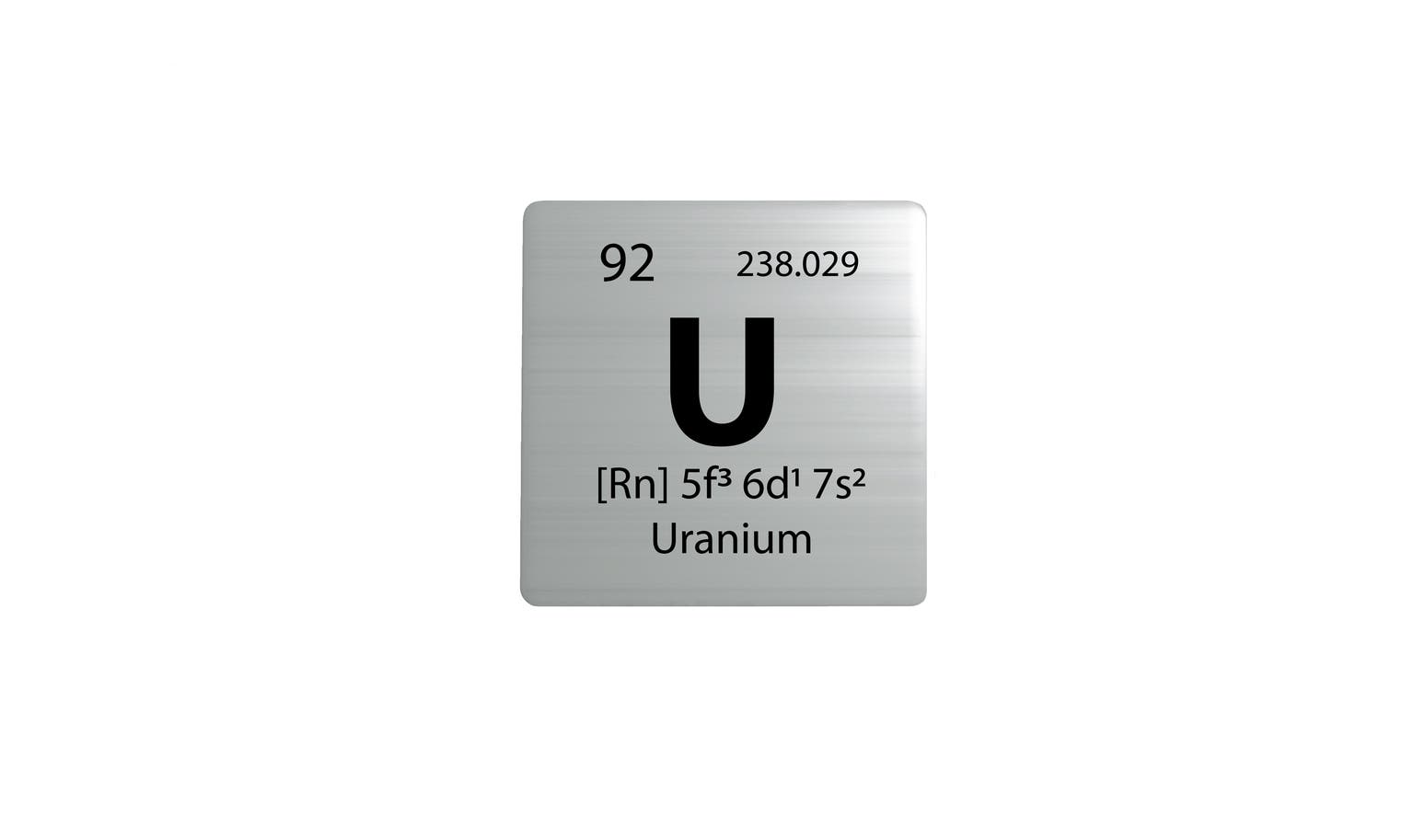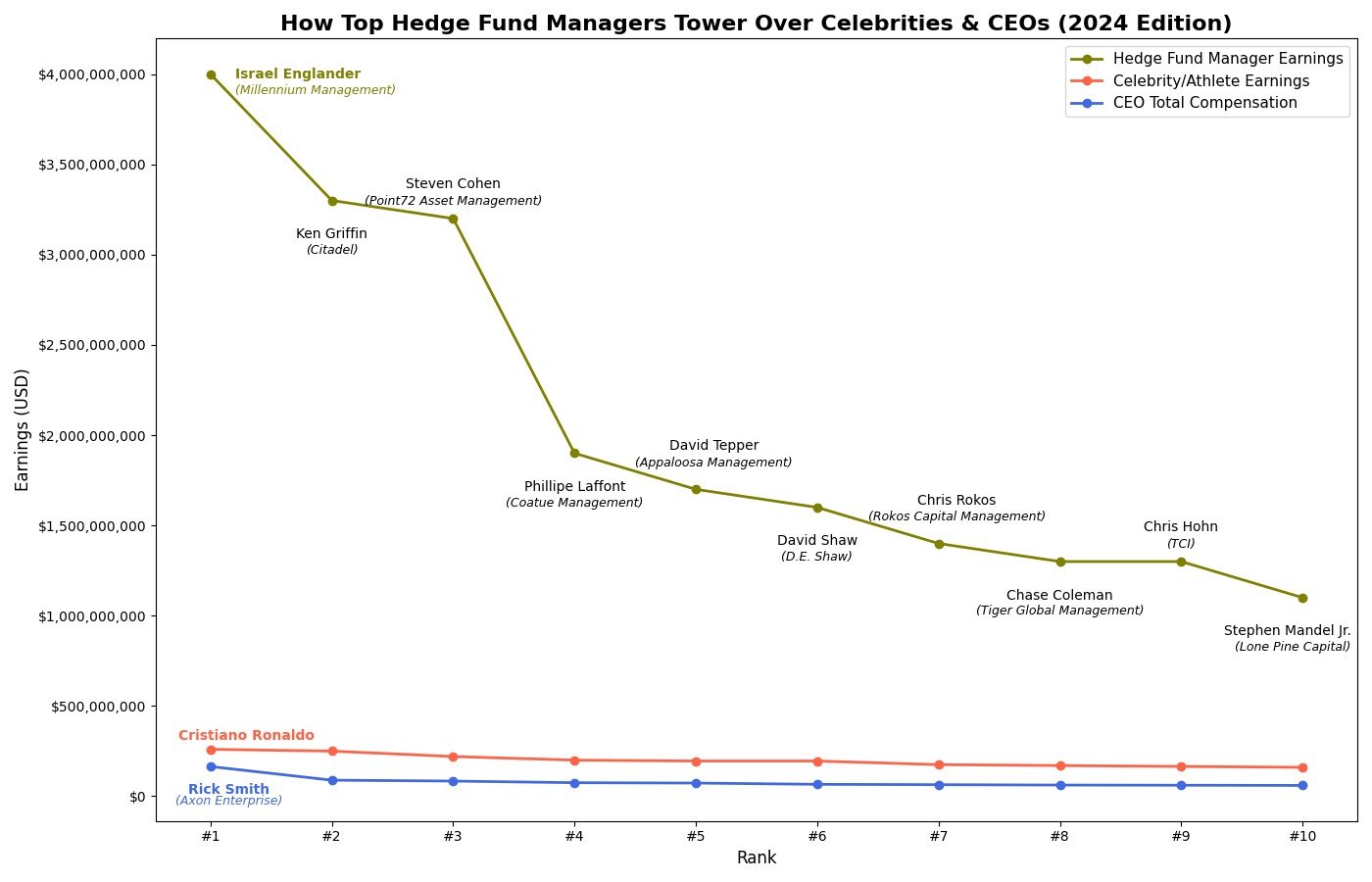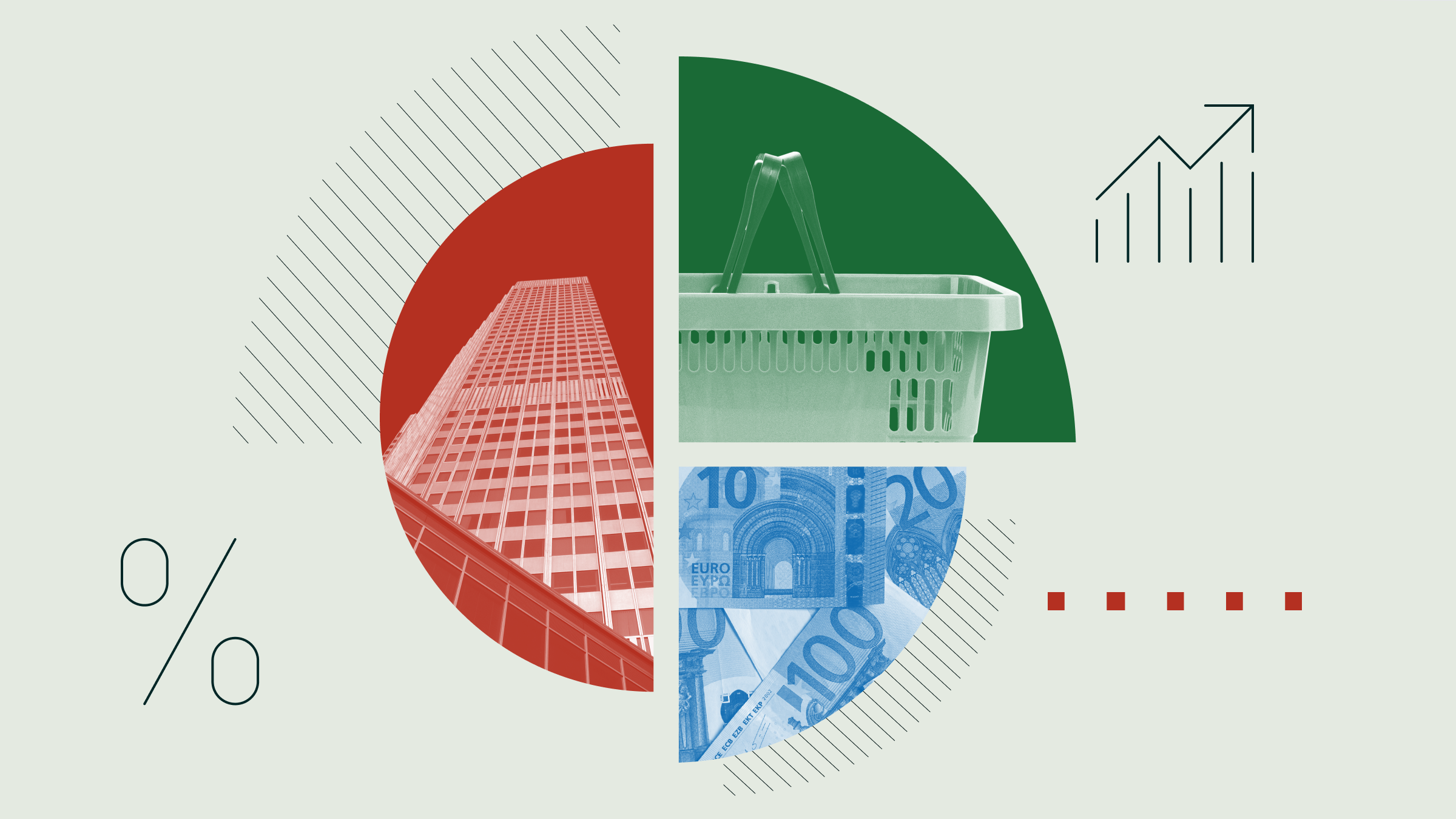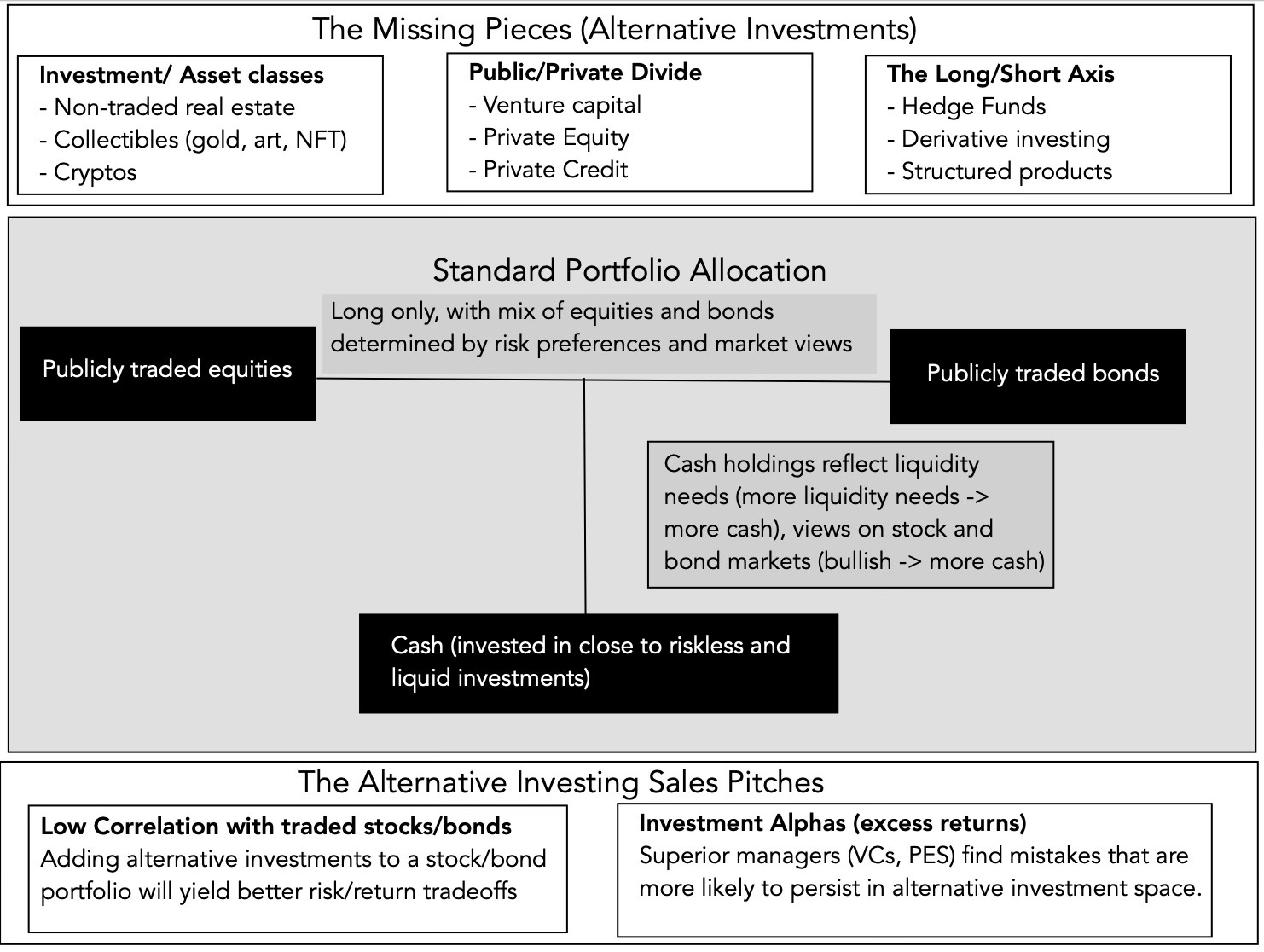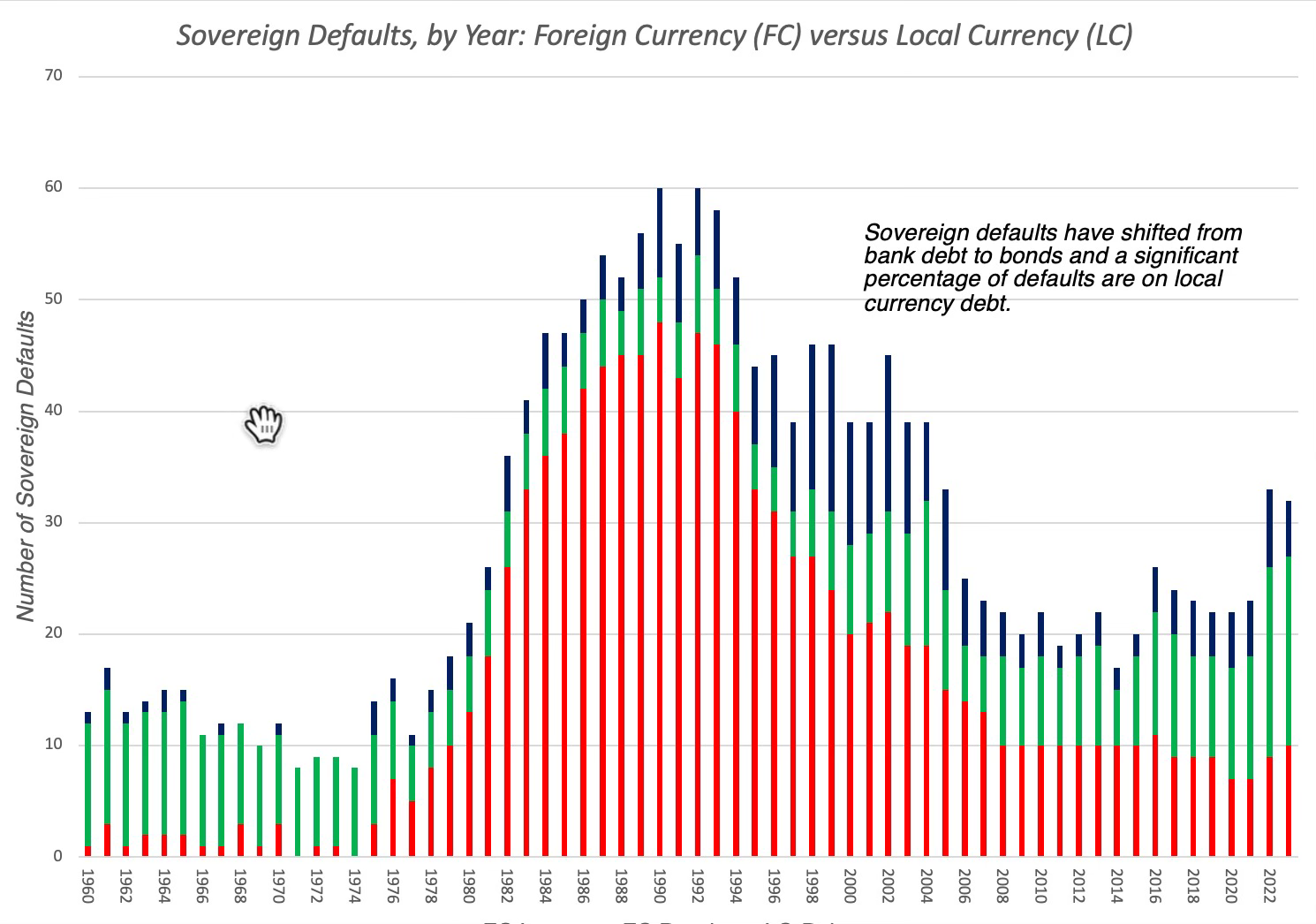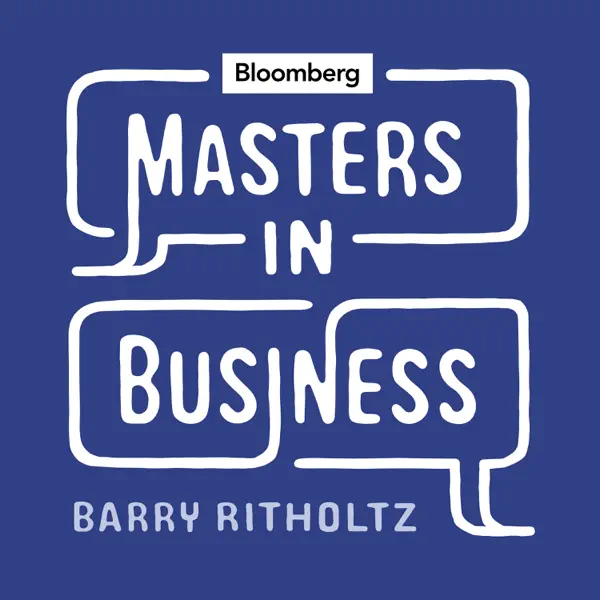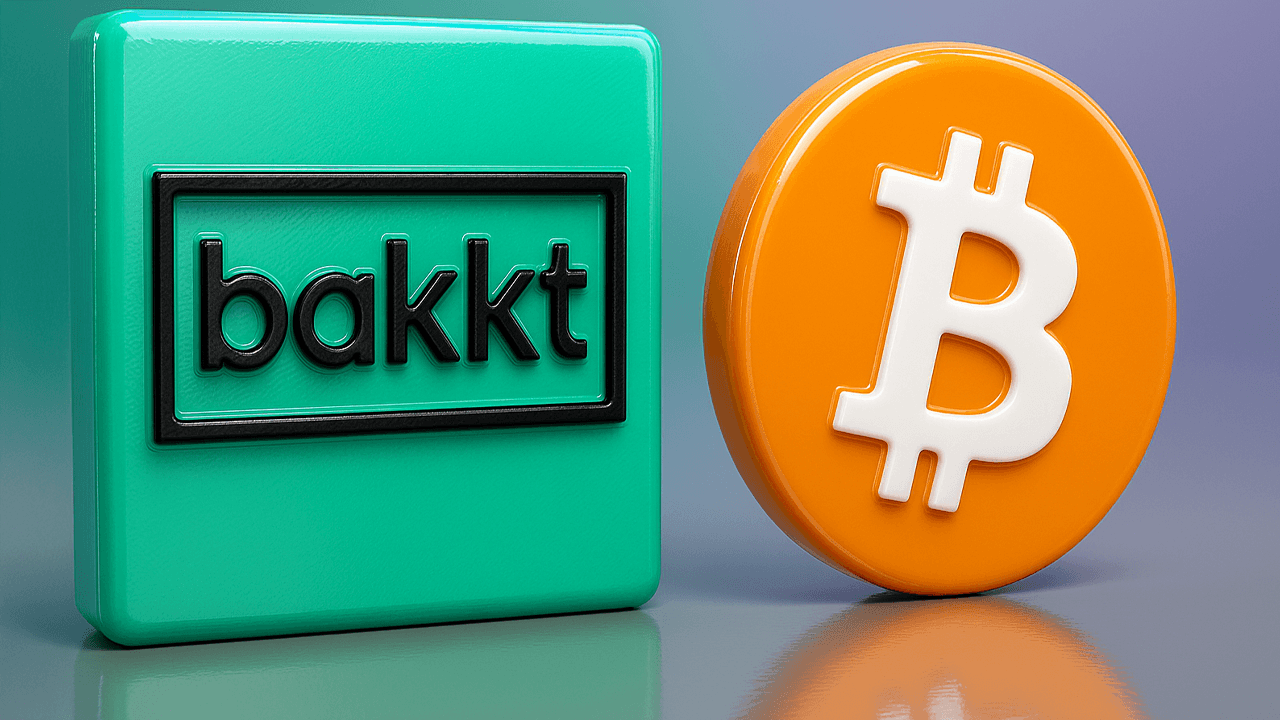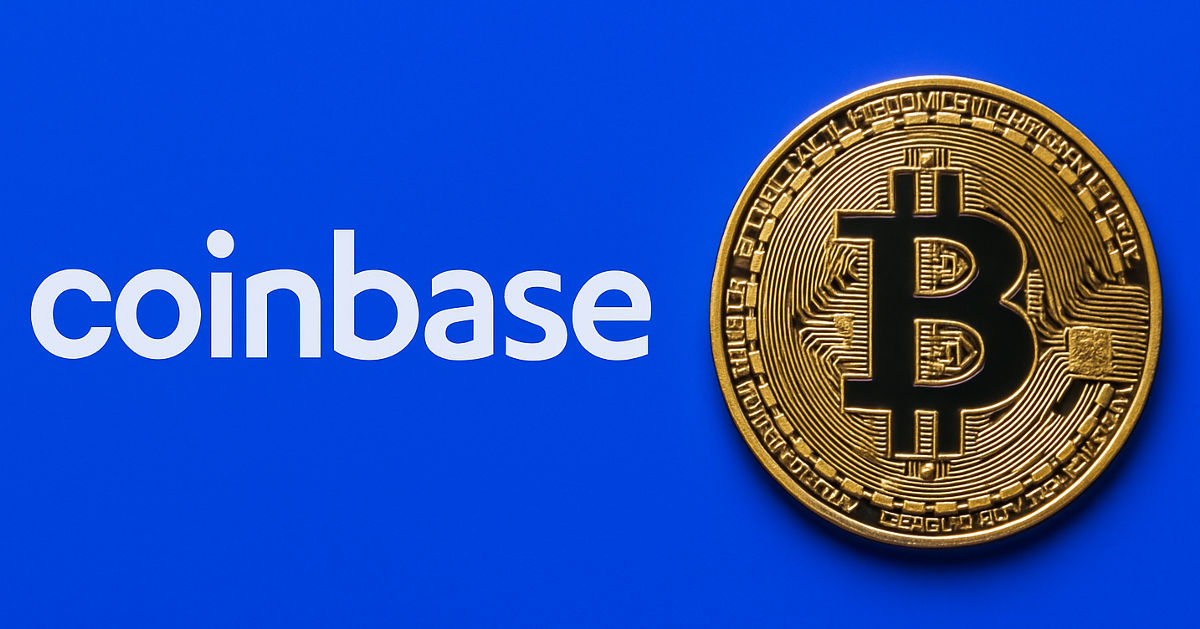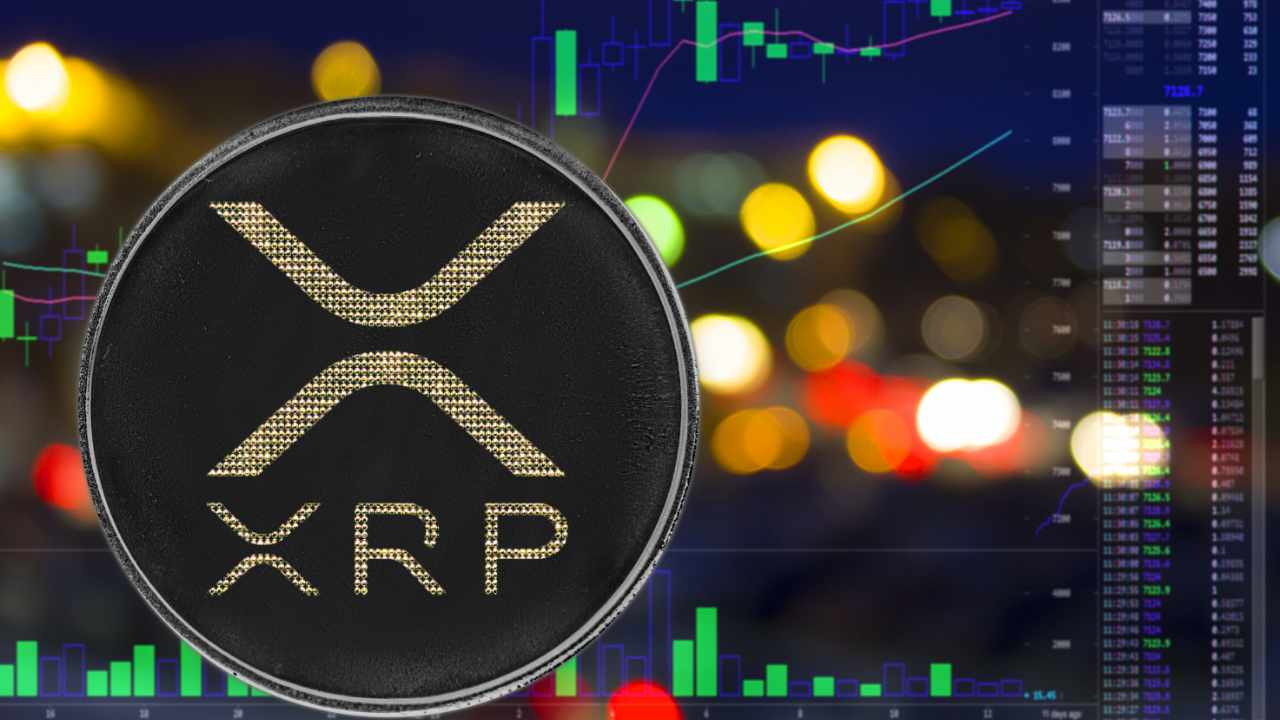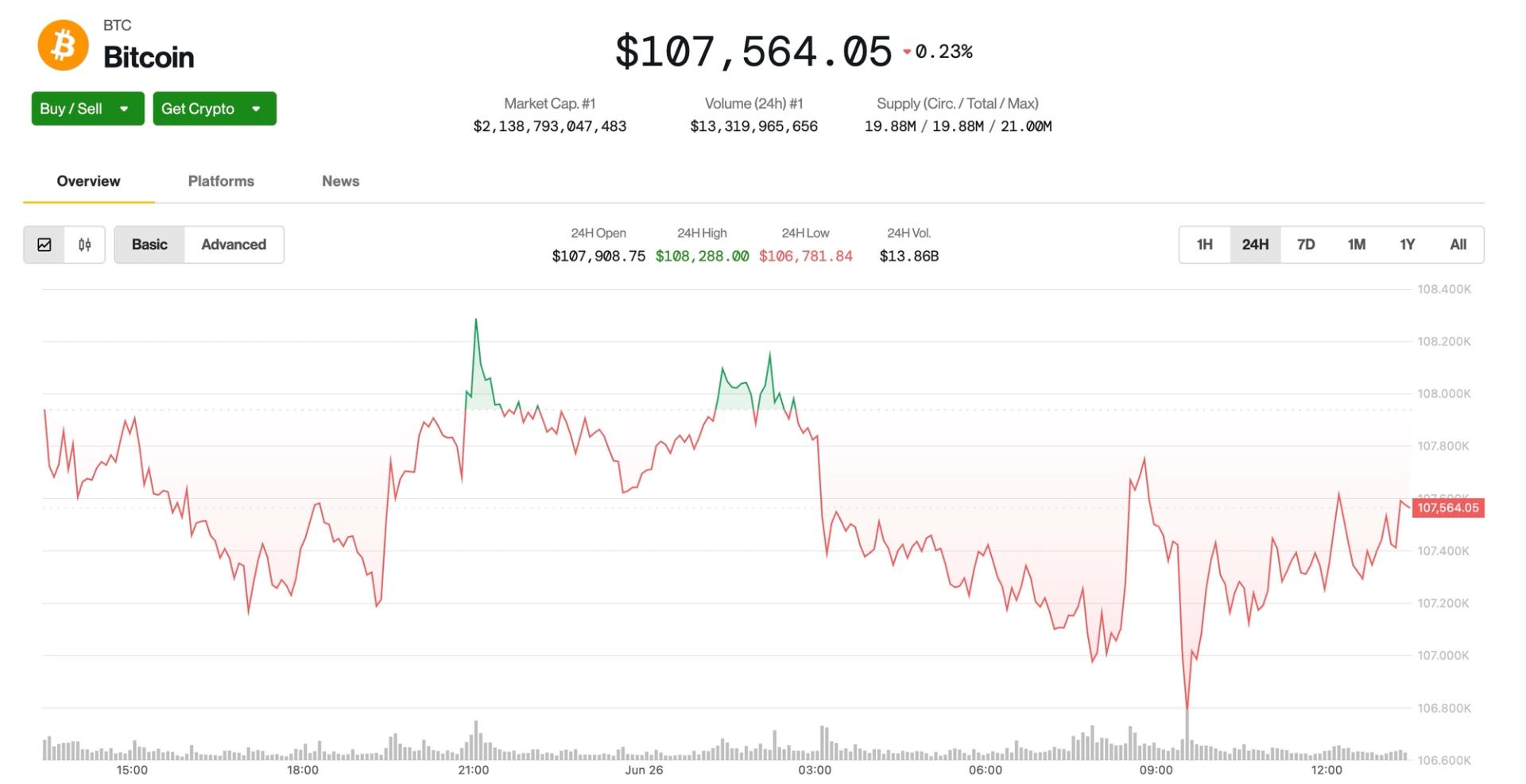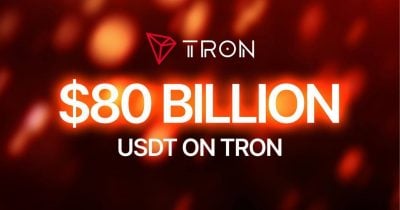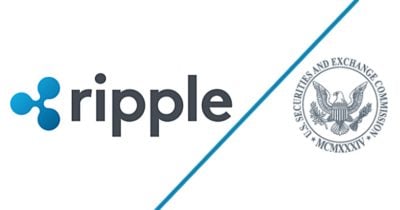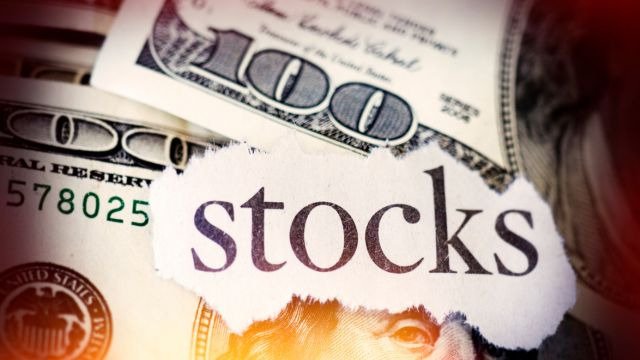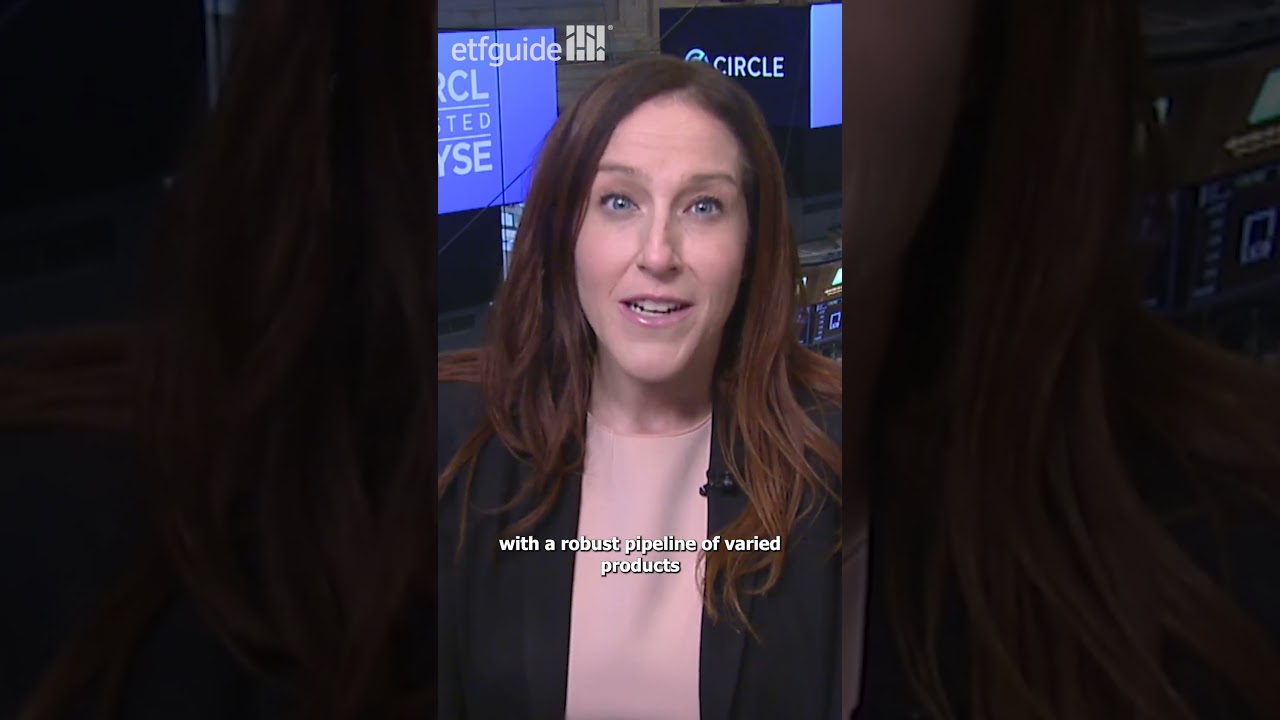I moved 65% of my shares into JEPQ for income and plan to use dividends as wage replacement – is this a solid plan?
There are some pretty bountiful ETFs out there that were designed to boast incredibly high yields. Of course, there’s really only so much you can stretch a yield when it comes to traditional equity ETFs, the ones that just own a basket of stocks. For these stock ETFs, the resulting yield depends on the sum […] The post I moved 65% of my shares into JEPQ for income and plan to use dividends as wage replacement – is this a solid plan? appeared first on 24/7 Wall St..

There are some pretty bountiful ETFs out there that were designed to boast incredibly high yields. Of course, there’s really only so much you can stretch a yield when it comes to traditional equity ETFs, the ones that just own a basket of stocks. For these stock ETFs, the resulting yield depends on the sum of the dividends paid by their constituents. And while some high-yield-focused dividend ETFs may reach a bit further for yield, most of them steer clear of the ultra-high-yielding names that entail a greater degree of risk.
Indeed, higher yields tend to accompany higher risk or a complete lack of growth. And while no growth and minimal share price appreciation may be acceptable for some yield-focused passive income investors, I’d argue that the maximization of total returns (with a slight emphasis on yield) should be the ultimate goal of investors.
Key Points
-
The JEPQ’s massive yield is a thing of beauty. And while shares seem “safer” than the QQQ, investors shouldn’t get their hopes up for the double-digit yield to last for the long haul.
-
Are you ahead, or behind on retirement? SmartAsset’s free tool can match you with a financial advisor in minutes to help you answer that today. Each advisor has been carefully vetted, and must act in your best interests. Don’t waste another minute; get started by clicking here here.(Sponsor)
Aiming for higher yields with covered call ETFs?
In any case, the cost of living is rising, and it’s hard not to want a bit more extra income from our investments. When it comes to dividend traps (or yield traps), I’d argue that most of the popular dividend ETFs tend to steer clear of them. And for those that do own some higher-risk, higher-yielding stocks, they tend to comprise just a small portion of the overall pie.
In this piece, we’ll check in on the ultra-high-yielding ETFs that allow investors to really boost their yield without pole-vaulting their risk profile by a considerable amount. Indeed, more yield for a somewhat lower degree of risk seems too good to be true.
And while there is a catch with such covered-call ETFs, as they trade off capital gains in exchange for premium income generated from the writing of covered call options, those who expect a slog for stocks could stand to do relatively well with such specialty-income ETFs. In a bear market, when volatility is rampant and gains from stocks are scarce, it can literally pay dividends to incorporate a covered call ETF into the core of your portfolio, especially if you’re a retiree with a slim Social Security check who needs a bit of an income jolt to keep up with inflation, health costs, and all the sort.
The JEPQ is a thing of beauty. But should it comprise the bedrock of a dividend lover’s portfolio?
In this piece, we’ll check in on the yield-heavy JPMorgan Nasdaq Equity Premium Income ETF (NASDAQ:JEPQ), an 11.23% yielder, that’s experienced a surge of popularity of late. To put it simply, the JEPQ invests in the stocks that make up the Nasdaq 100 index. As you’re probably aware, most such names as tech stocks have been most heavily hit by Trump tariffs.
What sets the JEPQ apart from something like the Invesco QQQ Trust (NASDAQ:QQQ), though, is its covered call strategy, which sells out-of-the-money (OTM) call options on holdings owned within the ETF. That means the JEPQ will forgo some gains, but it’ll get premium income right away. In down or sideways markets, that’s a worthy trade-off. And while JEPQ shareholders have been spoiled with income of late, the yield could compress as shares appreciate and the magnitude of volatility decreases. At the end of the day, demand and the willingness to pay more for options rise as volatility does.
And if you think Trump’s tariff war paves the way for heightened volatility through the year, the JEPQ could be a stellar name to own. If volatility does calm, though, expect that yield to fluctuate wildly, perhaps moving closer to 8% than 12%. Either way, that’s still a robust payout that makes the JEPQ a worthy addition to any income investor’s portfolio.
As for allocating nearly two-thirds of one’s portfolio to the JEPQ, I’m not heavily opposed to it. Though I would convince anyone thinking about such not to be surprised once the yield falls once volatility levels normalize. Understand how covered calls work and don’t expect any near-12% yield to be sustained for the long haul!
The post I moved 65% of my shares into JEPQ for income and plan to use dividends as wage replacement – is this a solid plan? appeared first on 24/7 Wall St..



































